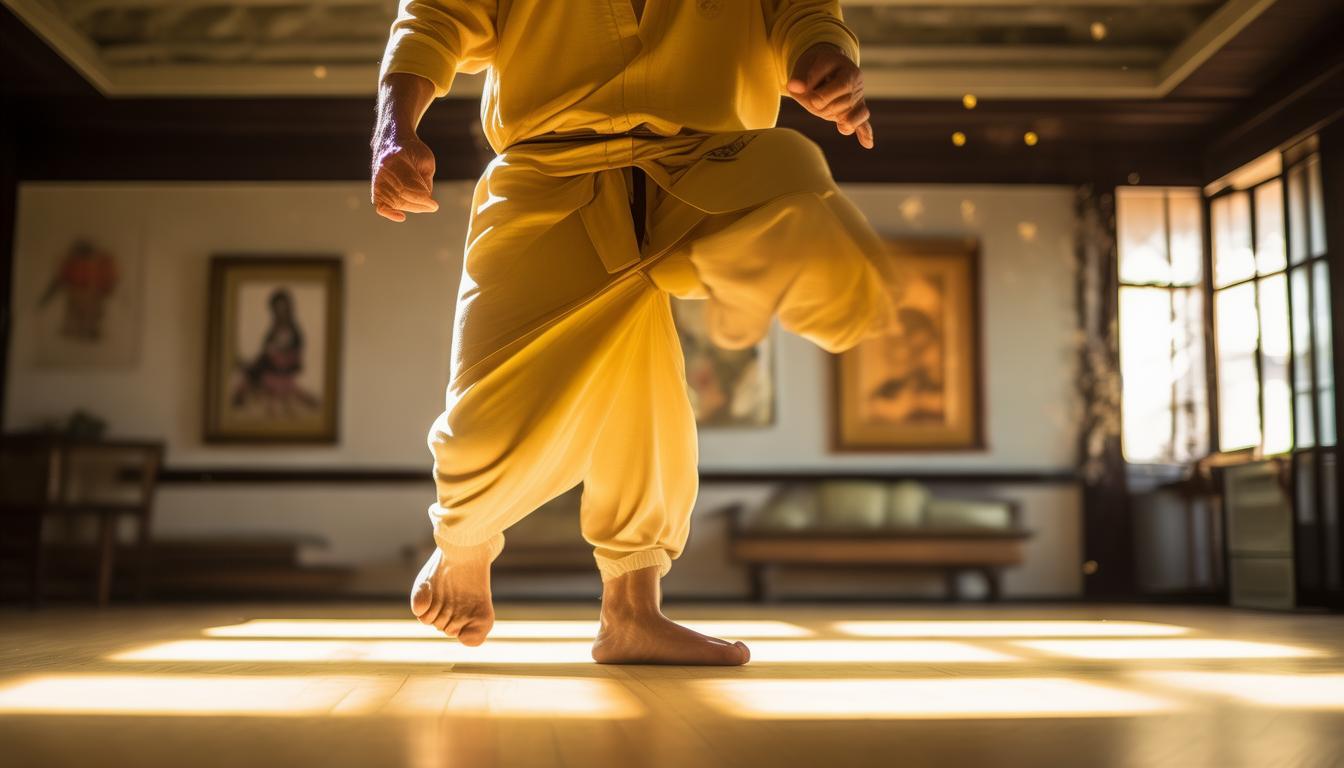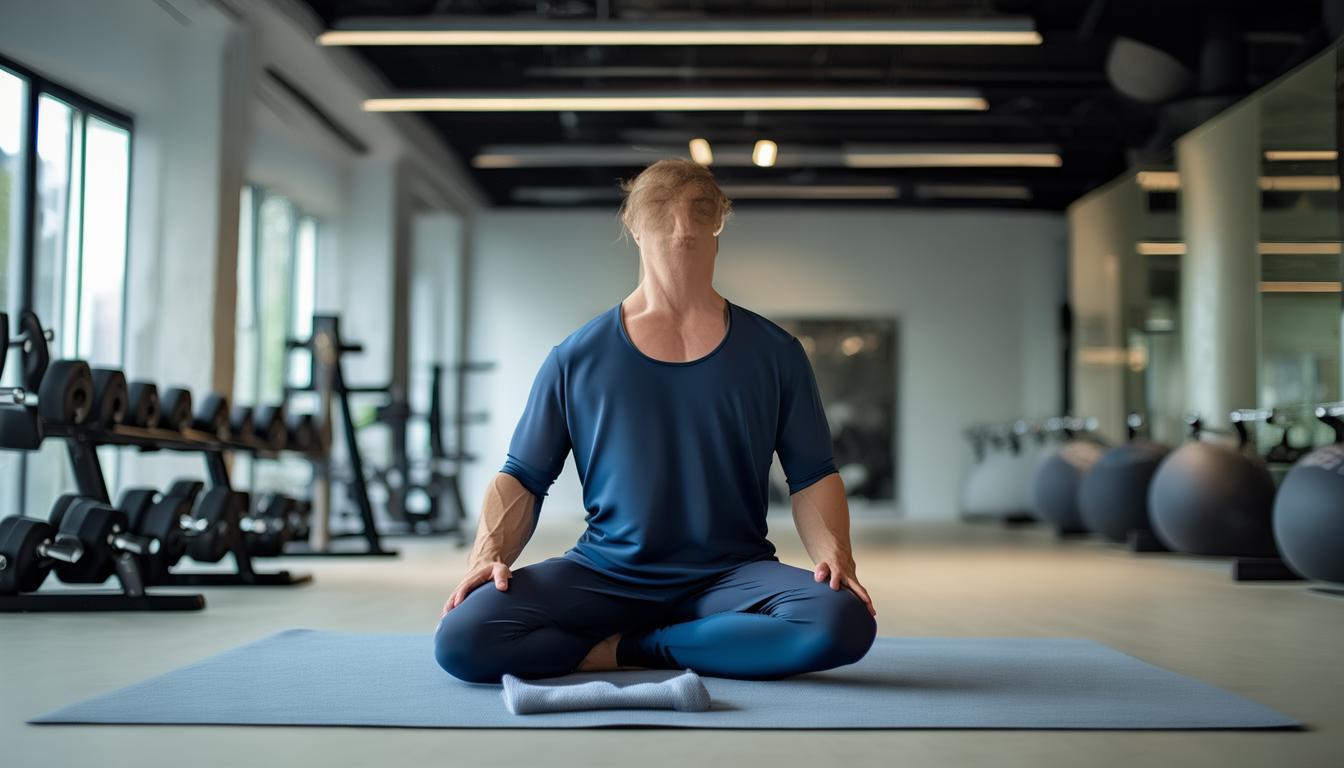Tai chi, a gentle martial art, holds significant potential in alleviating the pain and improving the quality of life for osteoarthritis patients. Its slow, fluid movements can enhance joint flexibility,strengthen muscles Parkinson Tai Chi , and reduce pressure on the joints.
Understanding Osteoarthritis
Osteoarthritis is a common joint disorder that results from the wear – and – tear of cartilage. It brings pain, stiffness, and limited mobility to patients, especially in knees, hips, and hands. I've seen so many people suffering from it, struggle with simple daily tasks like walking or climbing stairs.
This condition can really disrupt one's normal life, making even the most mundane activities a challenge. The constant pain can be a real emotional burden as well, leading to anxiety and a reduced sense of well – being.
How Tai Chi Helps
Tai chi's movements are designed to be slow and controlled, which is perfect for those with osteoarthritis. First, it helps improve joint range of motion. By gently moving the joints in various directions, it works like a natural lubricant, easing the stiffness.

Second,it strengthens the surrounding muscles. Stronger muscles act as a cushion for the joints Tai Chi Online , reducing the stress on them. Many of my friends with osteoarthritis have found major relief after starting tai chi.
The Relaxation Factor
Tai chi isn't just about physical movements; it also involves a meditation – like state. Stress can exacerbate the symptoms of osteoarthritis. When you do tai chi, you focus on your breath and the present movement, which calms your mind.
This relaxation response reduces the body's production of stress hormones tai chi exercises for osteoarthritis , which in turn can lower inflammation in the joints. It's like a holistic approach to dealing with the condition, treating both the body and the mind.
Getting Started
If you're considering tai chi for osteoarthritis, start slowly. Look for a qualified instructor who has experience working with people with joint issues. Most communities offer tai chi classes, and you might even find some specifically tailored for osteoarthritis patients. It's important not to push yourself too hard in the beginning.

Listening to your body is cruel. If a movement causes pain, stop and modify it. With consistency, you'll gradually build strength and flexibility.
Precautions
Even though tai chi is generally safe, you still need to take precautions. Make sure your shoes provide good support, especially if you're doing weight – bearing movements. Also, warm up your muscles before starting a session.
Consult with your doctor before beginning any new exercise program. They can give you personalized advice based on your health condition.
What do you think is the most challenging part of starting tai chi for osteoarthritis patients? Remember to share your thoughts and don't forget to like and share this article.



Leave a Reply